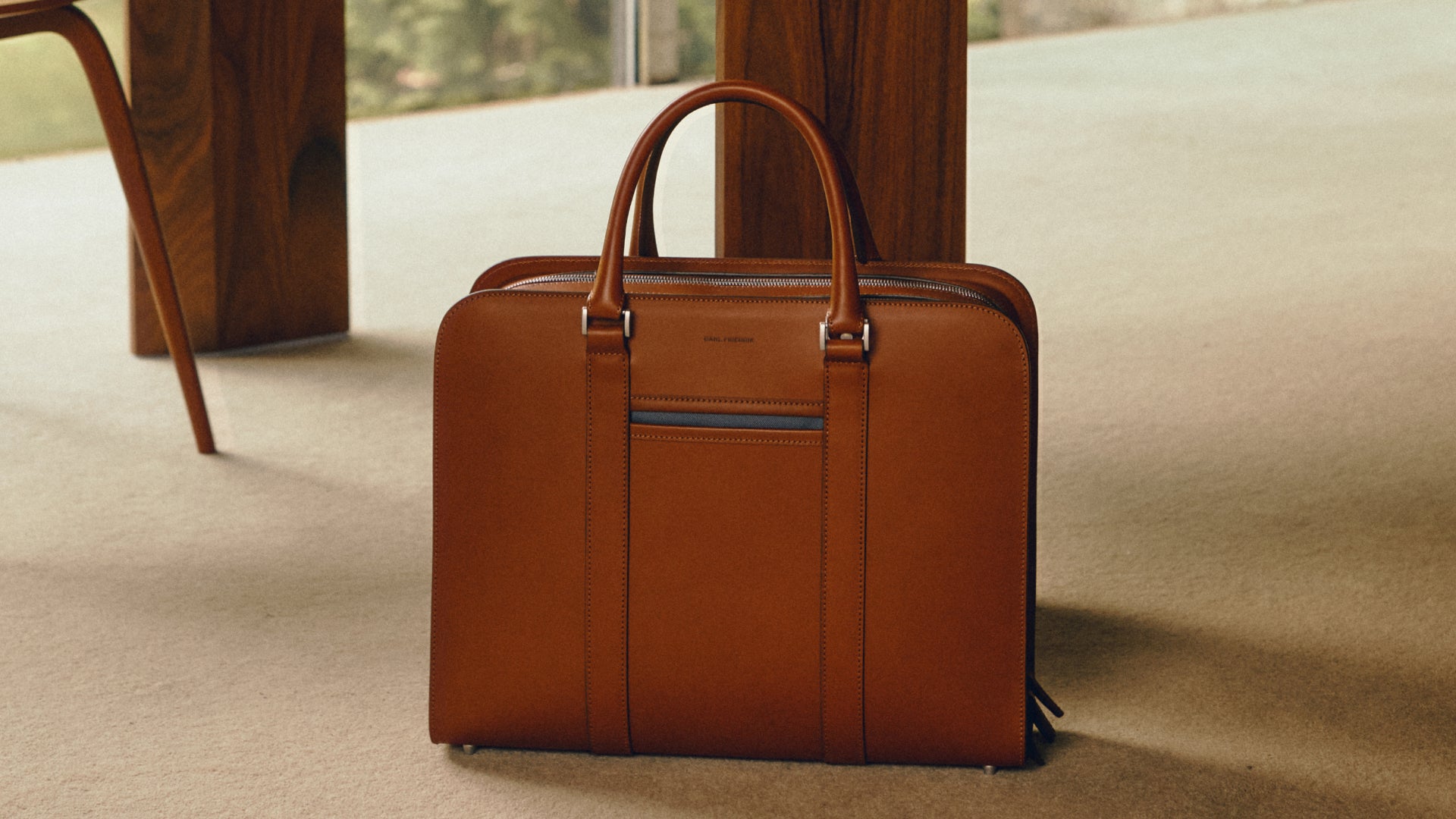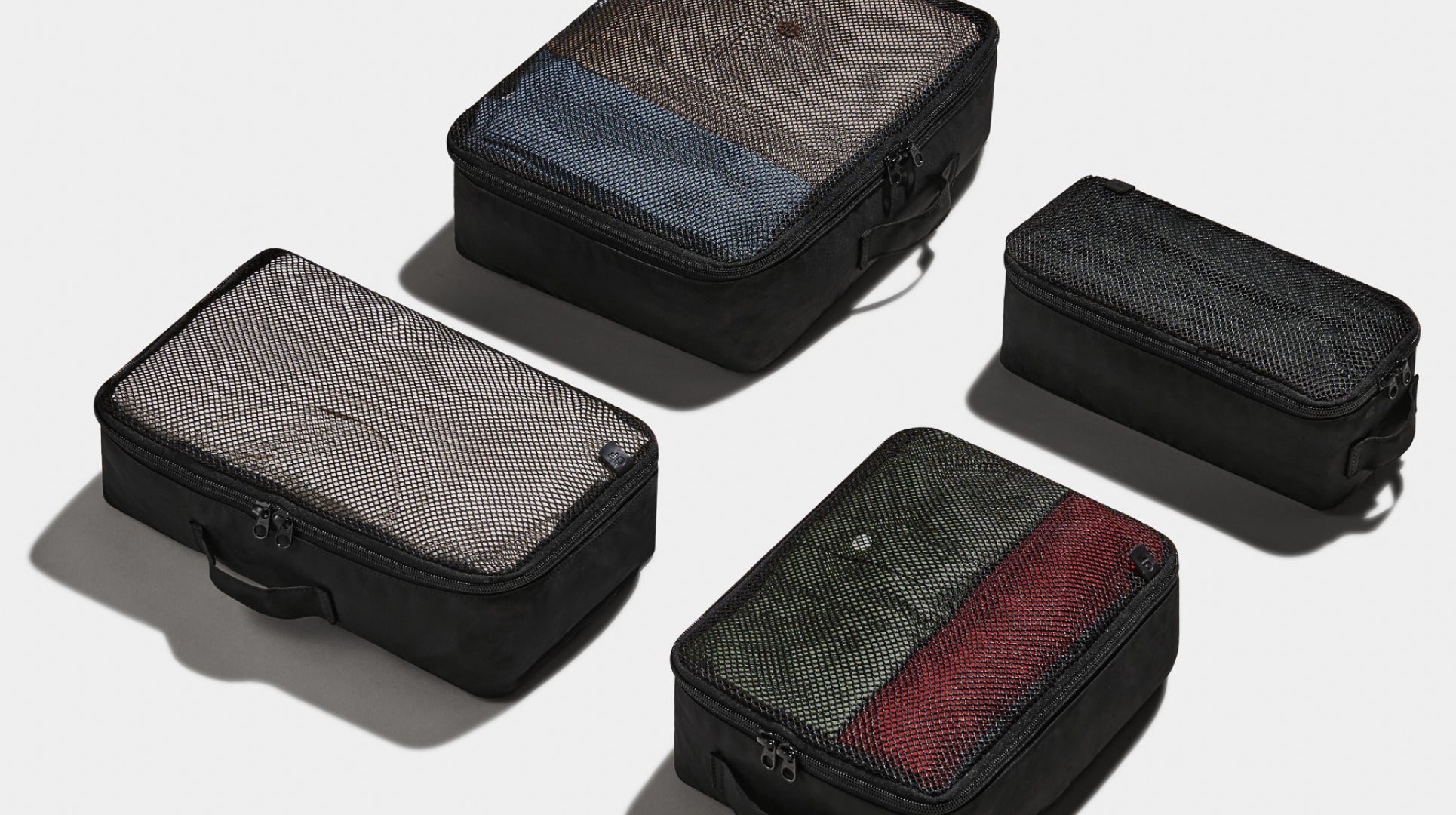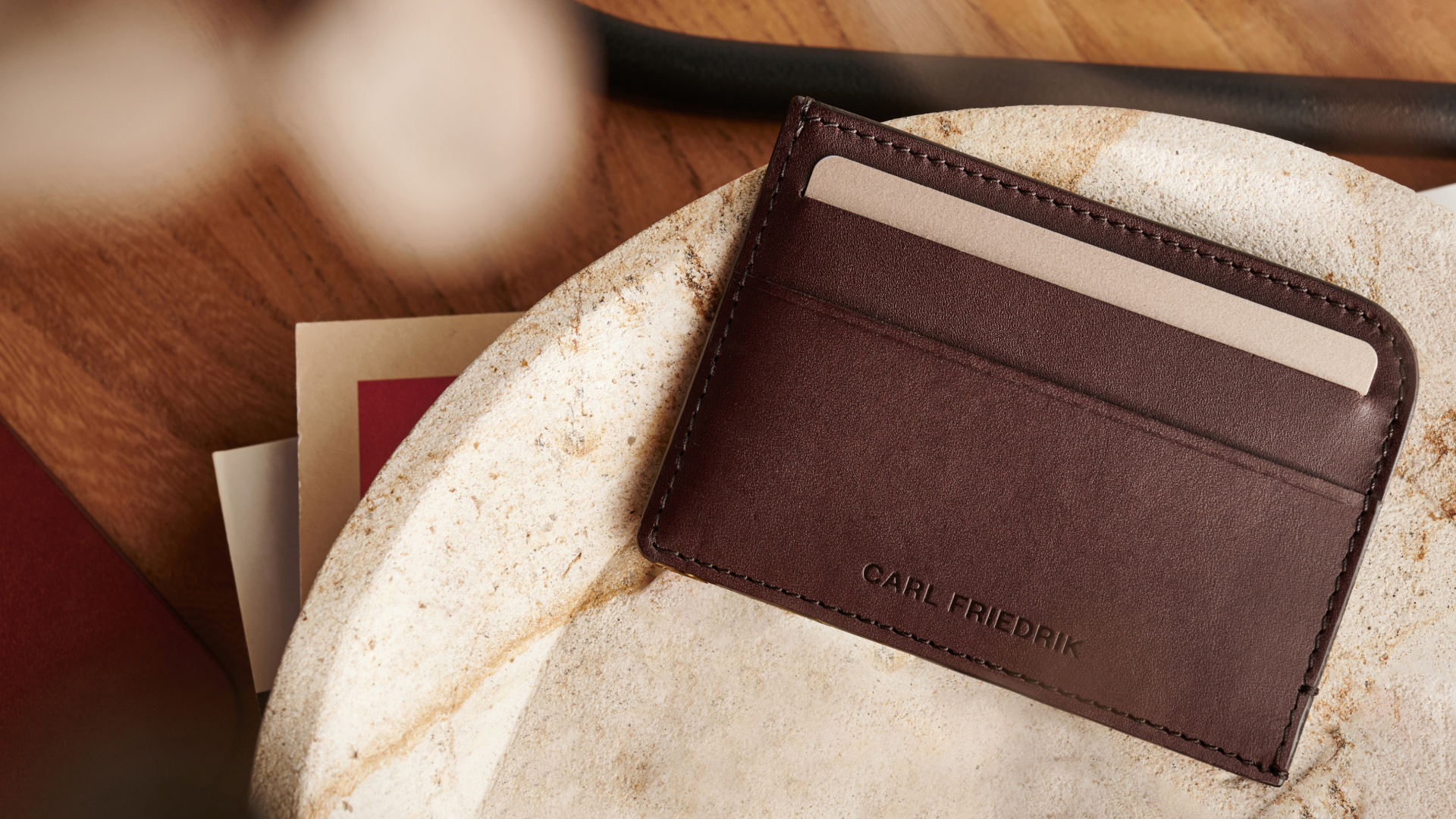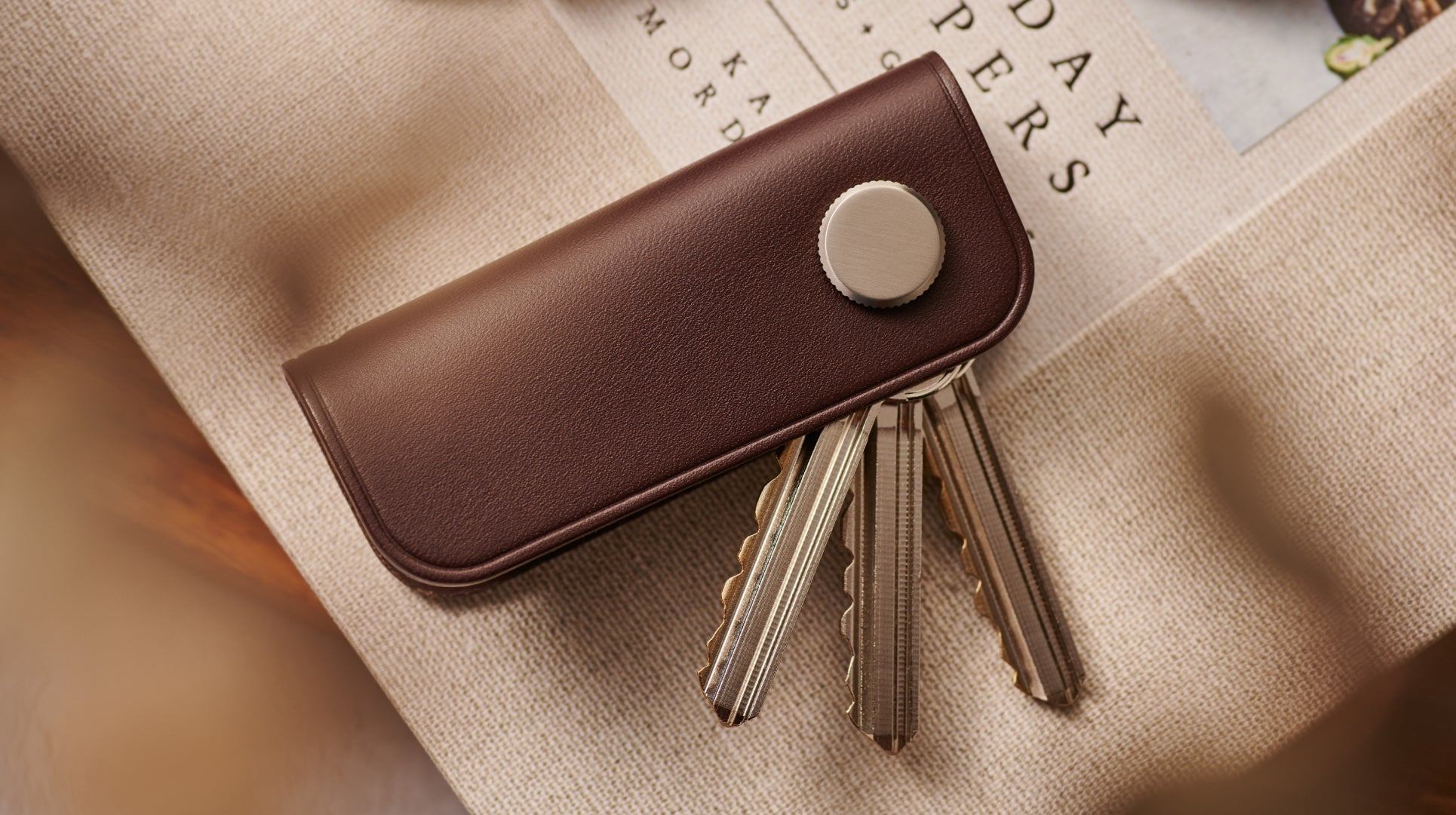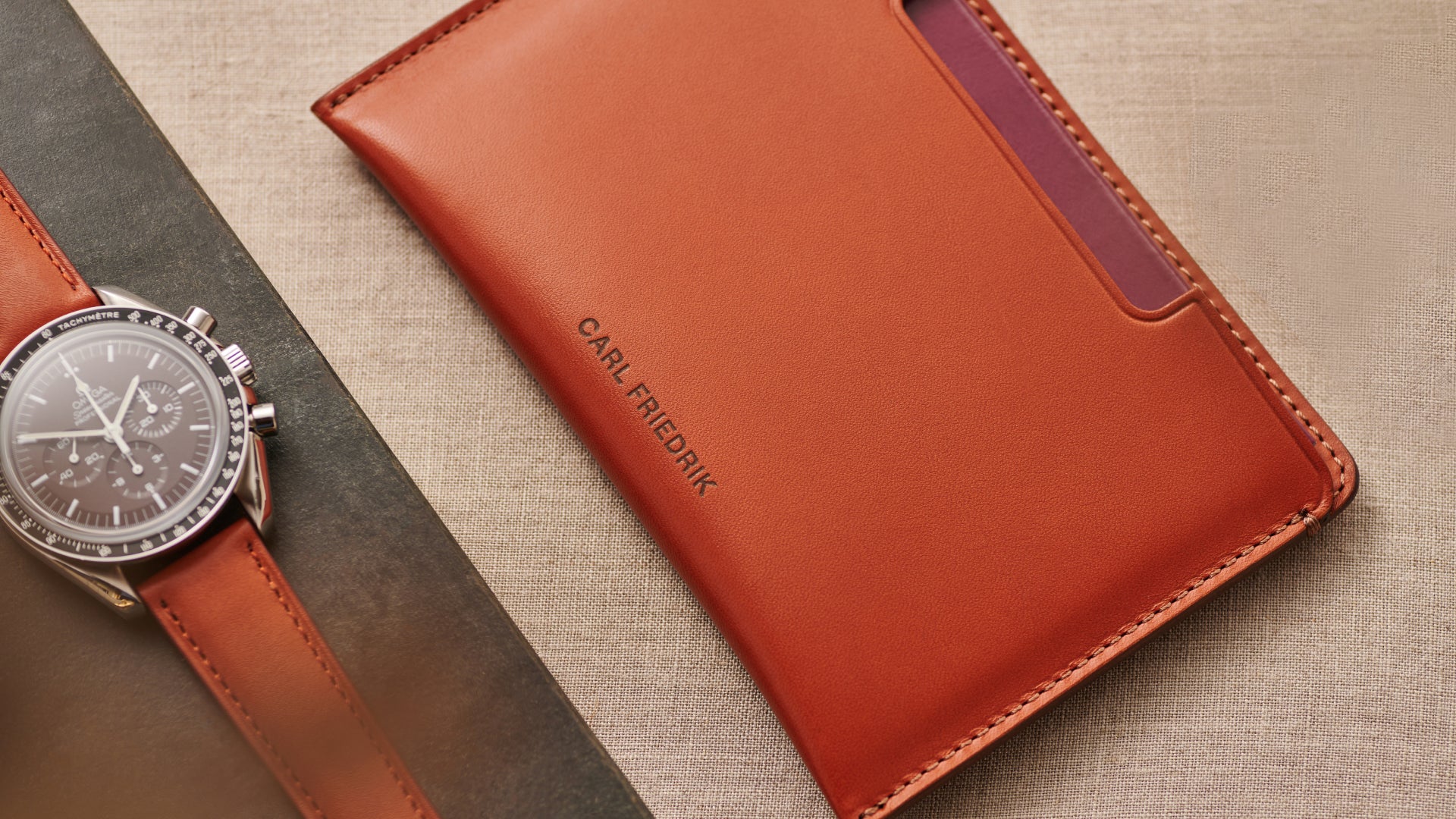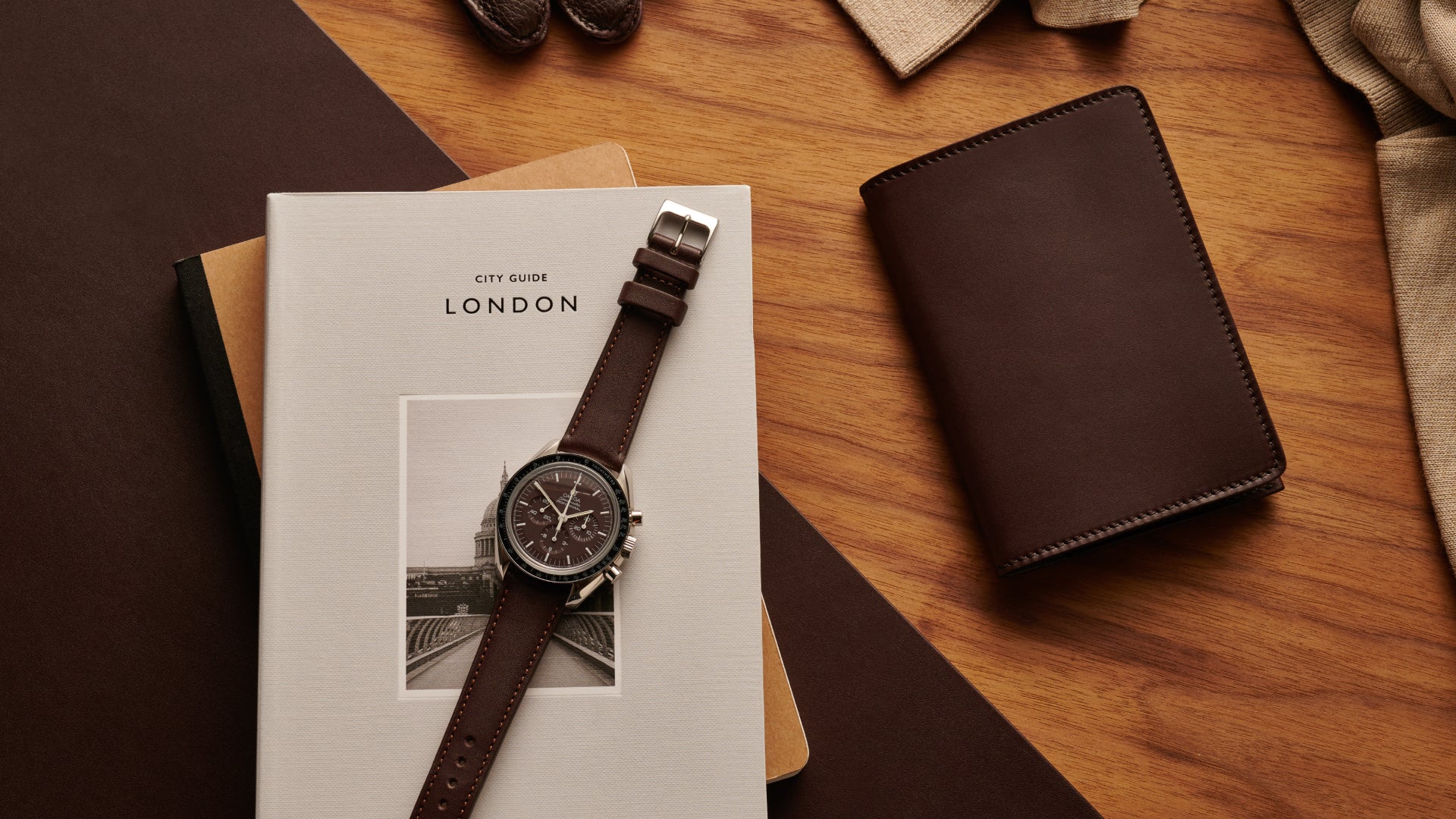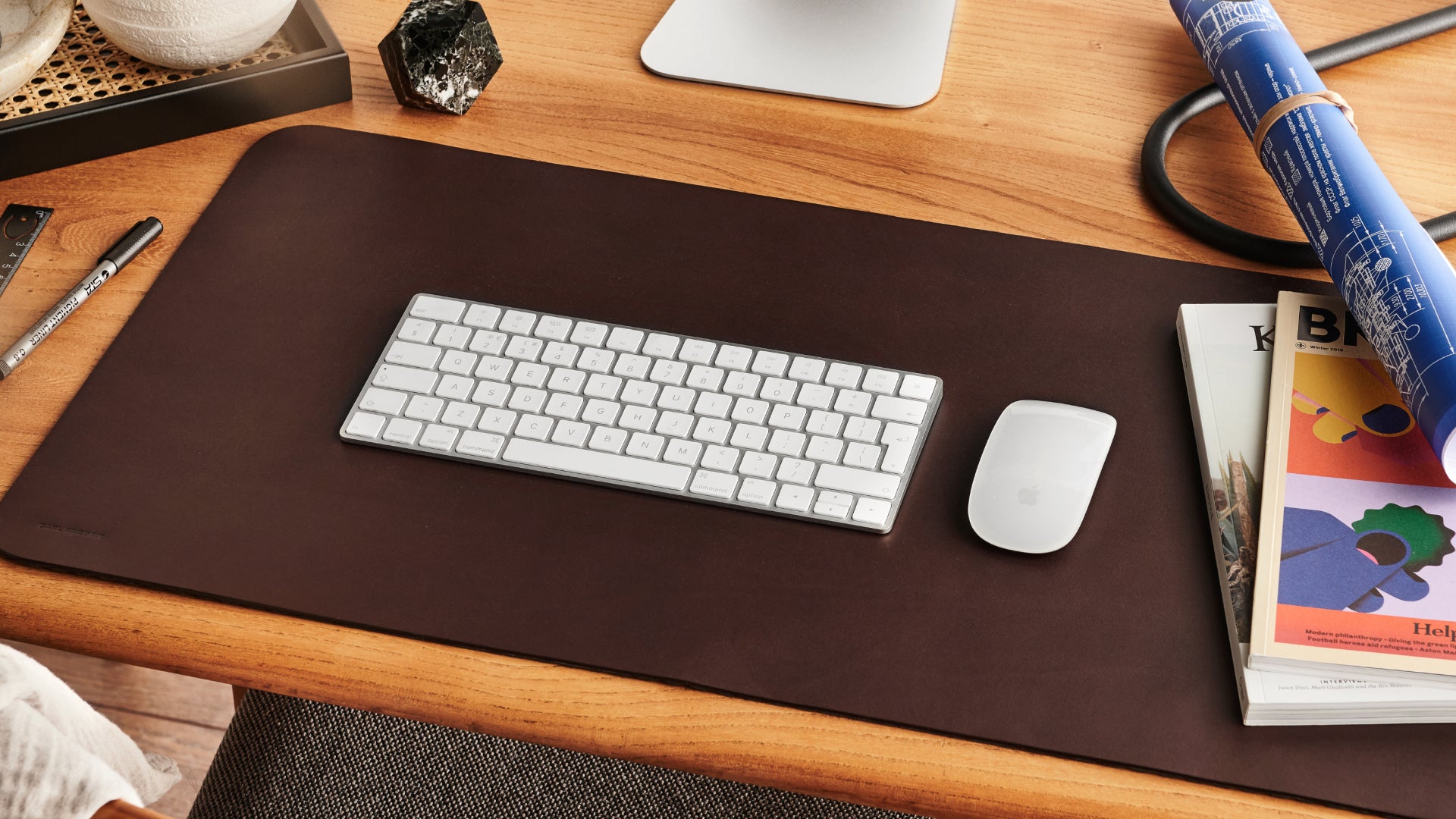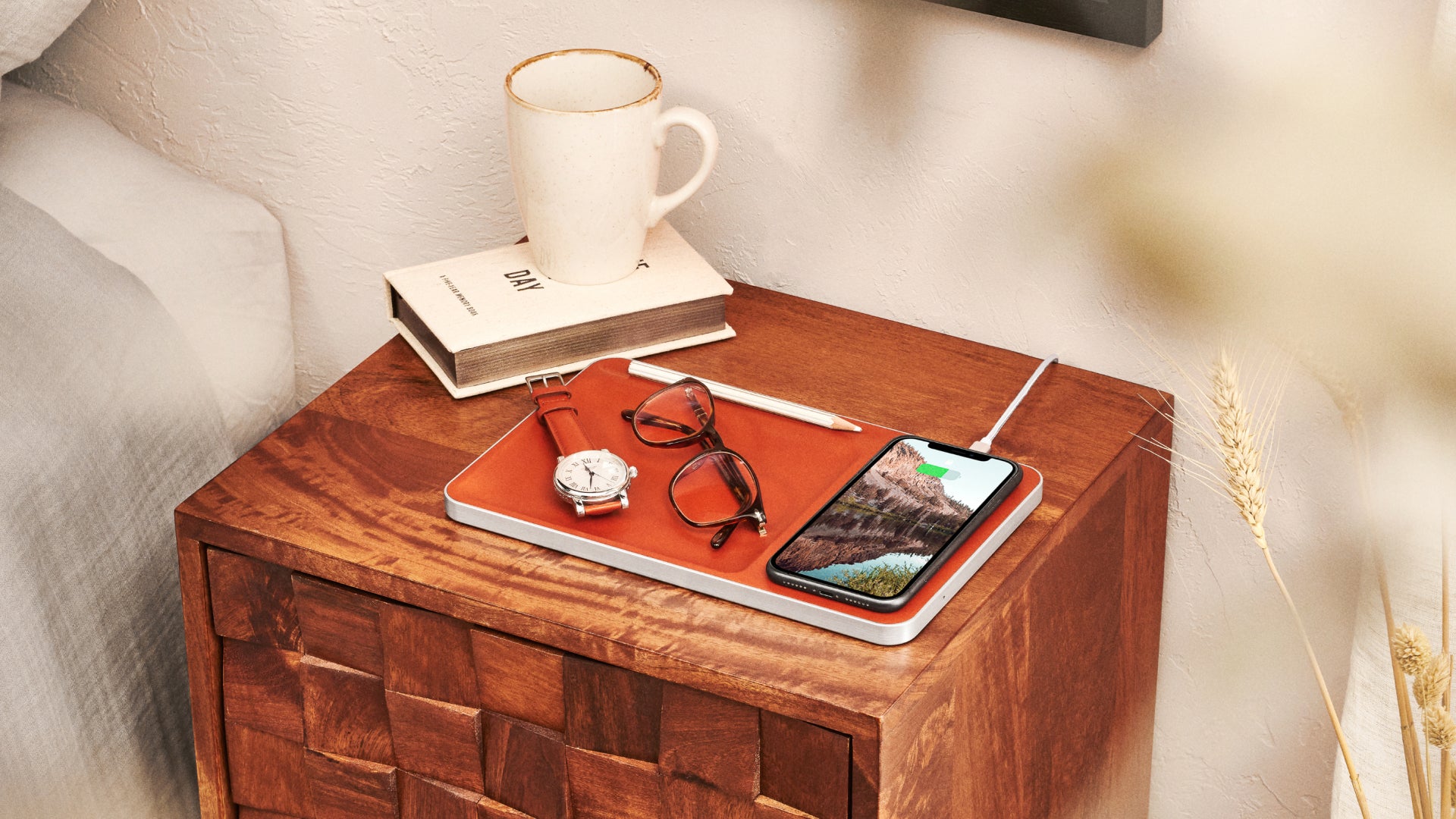Can you fix cracked leather? It’s one of the most common questions we, as leather experts, get asked. The answer depends on the type of damage – but in any case restoration will work wonders.
Of course, nothing quite matches the luxury or good looks of leather – and the last thing you want to see is your prized weekend bag or briefcase slowly but surely losing its lustre. So, whether you have cracked leather in need of repair or simply wish to guard against future damage, follow our pointers for keeping your hide looking fresher for longer.
How and why does leather crack?
Before we explore how to repair leather, it’s worth taking a moment to understand some of the science under the skin. As with any natural material, leather can get worn and damaged over time. It is, by definition, animal skin, which can become dry and prone to cracking.
When leather cracks, it’s the result of microscopic changes in the material: leather is made up of countless tiny interwoven fibres packed tightly together, with denser connected fibres near the surface and looser ones the further in you go. Eventually, these fibres can dry out resulting in chafing and a worn appearance.
During the animal’s lifetime, the skin is kept nourished with continuously replenishing natural oils. Once an animal skin undergoes transformation into leather, the water in the skin’s protein is replaced by tanning agents. Flexibility can be retained by topping up with lubricating oils and waxes, depending on the leather type. Vegetable-tanned leathers, especially the Italian kind, are some of the most well-lubricated leather types around.
If you have dry skin, you’ll know that a lack of water and oils in the upper layers of the skin can cause rough and dry patches. Leather is no different. Equally, if you forget to moisturise your skin over a prolonged period, your skin will start to see further damage. A loss of moisture can result in the packed fibres continually rubbing against one another as the leather flexes and moves. Sooner or later, these fibres become stiff and tight causing cracks at the tension points.
Repairing cracked leather
Cracks by their very nature are permanent: that’s because the fibres – the very structure of the leather – have become damaged. But it’s not all doom and gloom. The good news is that many cracks are easy to hide – and the fix can be quick – using leather conditioners to strengthen the fibres around the cracked leather.
If you see cracks, a quick inspection should determine if they’re light surface ones – which are easily treatable – or deep cracks that are harder to treat but can be restored using leather crack filler, colouring and nourishing techniques. Read on for tips on how to restore dry leather and repair cracked leather.
Fix light leather cracks
The first port of call should always be a strong conditioner that not only strengthens the fibres surrounding the cracks, but also helps blend in the scar with the rest of the leather. The effects can be remarkable on dried out leather – a scratch or light crack can be smoothed away and made to look like a natural imperfection.
First things first, here’s a list of items you’ll need:
- A high-quality conditioner or cream
- Soft, dry brush or cloth
- Fine-bristled brush
- Mild soap
- A spoon
Step 1: Clean your leather
Test the soap or cleaner on a small patch first. Clean the top surface of the cracks and the surrounding leather using a soft, dry brush or cloth. Follow this with a small, fine-bristled brush and some mild soap and clean the cracks more deeply. The aim is to get the leather in a soft, flexible state.
Step 2: Smooth it out
After testing it on a small patch, smooth your conditioner or oil over the crack. A finger, sponge or back of a spoon does the trick: continue smoothing in the treatment until the crack is visibly less pronounced or deep. Wipe off the excess product and let the leather dry naturally. The leather needs time to absorb the conditioner and rehydrate so let it dry completely, preferably overnight.
Step 3: Repeat if required
If the leather still appears overly dry, another application may be needed. But avoid over-oiling as this can collapse the structure of leather, leaving a waxy and slippery appearance. For the best results, re-apply the conditioner to your leather every month – this should keep the product in good condition and stave off any further drying and cracking.
Repair deep leather cracks
If your leather is brittle and has deep cracks, then using a conditioner is unlikely to work as it would simply absorb into the leather. But all is not lost, with a little more elbow grease there’s a good chance you can restore cracked leather to its former glory. Here are two methods for treating more deep-seated damage.
Method 1: Using leather crack filler
You'll need the following:
- Soap or leather cleaner
- Cloth or sponge
- 600-grit super-fine sandpaper
- Good quality leather filler
- Palette knife
Step 1: Clean
Using soap or leather cleaner, wash off any dirt with cloth or sponge. Again, first test the cleaner on a small section first and mix any soap with water first.
Step 2: Wait overnight for the leather to dry completely
If there’s any moisture on the leather this will prevent the filler from settling into the cracks. Wipe off any moisture with a dry cloth to ensure it dries faster.
Step 3: Smooth
Smooth the cracks with a piece of super-fine sandpaper, applying gentle pressure as you wear them down. Stop when you get a finish that looks smooth to the touch. Then wipe off any dust with a dry cloth. Tip: avoid harsher, coarse sandpaper as this can leave scratches.
Step 4: Apply leather filler
Spread the filler over the cracks with a palette knife then brush in the paste to fill in the crack. Apply more until the crack appears filled.
Step 5: Remove excess paste with the knife
Tilt the edge of the palette knife sideways and gently scrape off the excess paste. Continue to do this until you can no longer see any overspill.
Step 6: Let the leather dry for six hours
This is to ensure the filler sets and solidifies. A properly ventilated room or the open air will help the leather to dry faster. However, avoid any direct sunlight and keep the leather away from direct heat as these factors can dry out the material causing further cracks. As the filler dries it may shrink, so further layer may be required.
Method 2: Blending cracks with leather dye
You'll need the following:
- Soap or leather cleaner
- Cloth or sponge
- 600-grit super-fine sandpaper
- Good quality leather filler
- Palette knife
- Leather dye
- Colour-fast sponge or applicator pad
- Hairdryer
- Leather sealer
To repair cracked leather, using a dye can patch up superficial damage, but for deep cracks a combination of a leather filler and dye works best. Tip: if the inside of a crack is lighter in colour than the surface using a dye is your best option.
Step 1: Prepare the surface with filler.
Follow the steps above for applying leather filler, if necessary. Let the treatment dry.
Step 2: Sand and smooth
Sand the leather down with ultra-fine sandpaper and wipe clean to prepare the surface for the dye. Gently rub along the leather’s grain until the leather is smooth to the touch. Wipe away any dirt and dust as these can affect the absorption of the colouring.
Step 3: Apply the dye
Choose a leather dye that closely matches your item’s colour. Spread a thin coat of the dye over the cracks with a colour-fast sponge or applicator pad. Rub the cracks to ensure even distribution of the dye.
Step 4: Let it dry
Let the dye dry for two minutes using a hairdryer set to low, making sure to move the dryer back and forth across the cracks to prevent the leather from drying out.
Step 5: Blend the cracks
Blend the cracks with several coats of dye if needed. Depending on the severity of the crack, up to five treatments may be required. With each treatment, dab the dye directly into the crack, then rub the surrounding area to blend them together. Dry the dye each time with a hairdryer.
Step 6: Seal the deal
Treating the cracks with a leather sealer helps to protect and condition the dye. Spray the sealer directly onto a sponge and rub into the affected area, applying a second coat as needed to cover the dye. This should help prevent any stains and further damage. Use a hairdryer on the sealant for two minutes to cure it, making sure to move the dryer back and forth over the crack.
Prevent leather from cracking
In a nutshell, the best form of treatment is prevention. When you’ve taken delivery of your item, keep it away from direct heat, sunlight and avoid storing your leather in overly dry places. An essential part of leather care is investing in a quality conditioner, so the skin doesn’t dry out and crack.
And if the worst happens, remember there are effective steps you can take to fix cracked leather. The golden rule is to treat regularly. With a little patience and care, your prized leather will turn heads for seasons to come.
